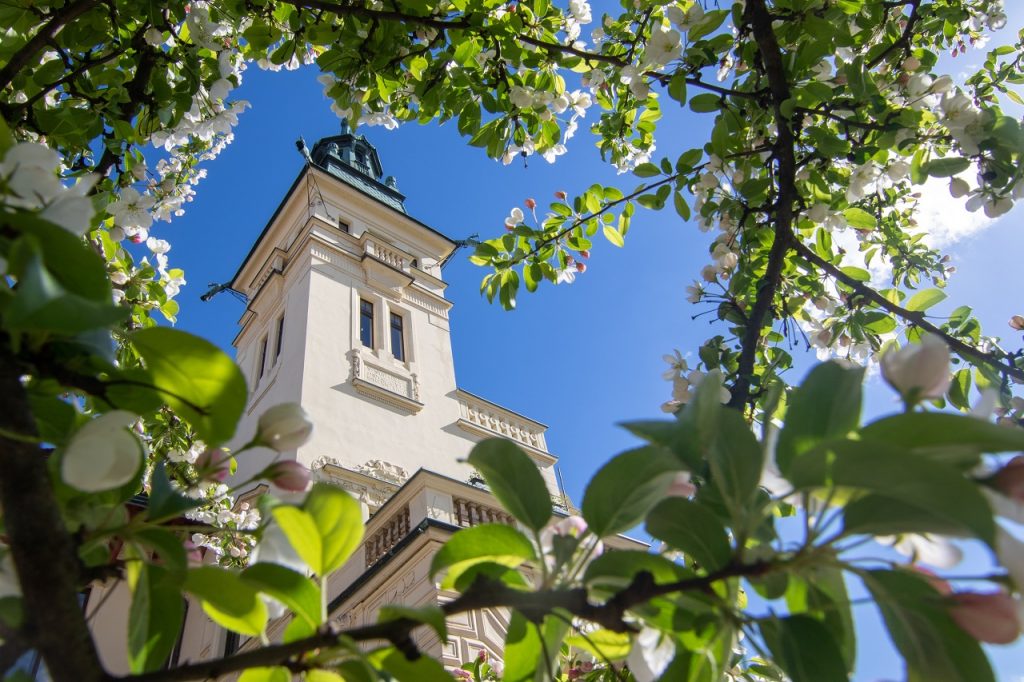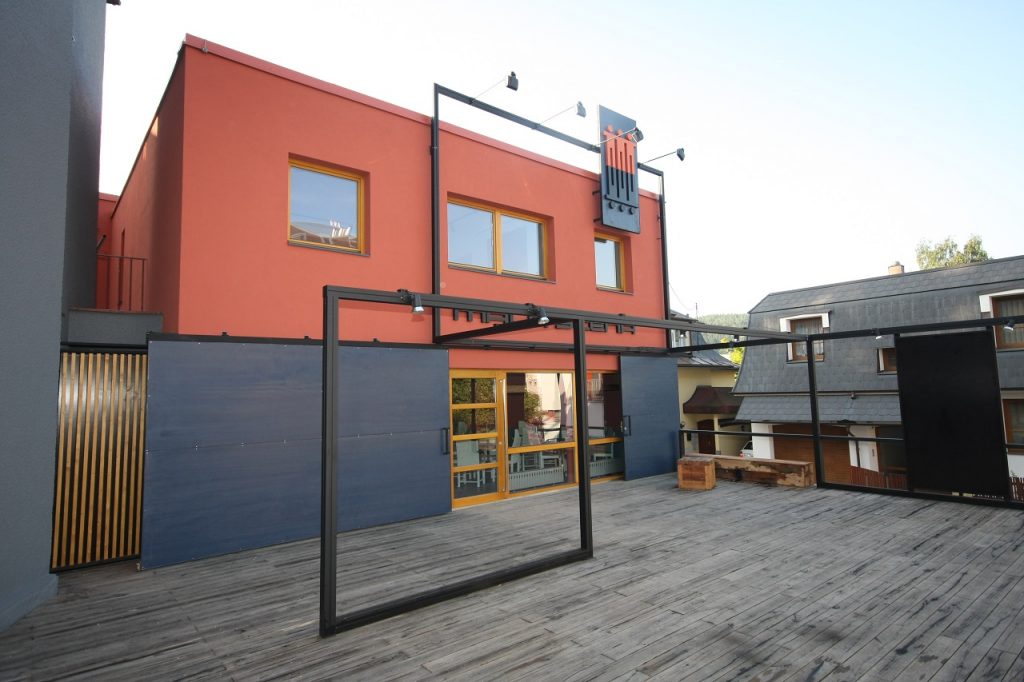If you wish to enjoy some culture in Ústí nad Orlicí, you should not forget about the Roškot Theatre, the theatre club Malá scéna, the Jaroslav Kocian School of Arts, the Assumption of Virgin Mary Church and several open-air stages, such as the Mírové náměstí square in the town centre, the “Kociánka” park, the park next to the Roškot Theatre or the Cakle resort. The library and museum offer a range of events – these take place not only in the Hernych Villa, but also in the gallery near the town hall (“Galerie pod radnicí”).




Ústí nad Orlicí is closely associated with various cultural traditions and significant architectural monuments. For instance, the custom of painting and building the nativity scenes which can be traced as far as to the 18th century. Fortunately, the tradition is still alive thanks to those who strive to maintain it. Exhibitions of the town museum inform not only about the history, but also about the present.
There are many significant events held in the town that enjoy popularity not only among the citizens but are often of international importance. They build upon the skills and achievements of famous personalities born here. To name just two examples: The heritage of the violin virtuoso Jaroslav Kocian and the violoncellist Bohuš Heran is commemorated every year in international competitions (the Kocian Violin Competition and the Heran Violoncello Competition). The sculptor Quido Kocián, whose masterpiece “The Dead Abel” is installed in the garden of the Hernych Villa, was also born here. The local amateur theatre club is named after another important personality, Hynek Vicena. There is also one of the oldest choirs in Central Europe called the Cecilian Musical Society.
The multifaceted offer of cultural and public events includes the annual summer festival “Město v pohybu” (roughly “Town in Motion”) or the Advent time festivities on the Mírové náměstí square known as “Ústecký Advent”. Film lovers can look forward to festivals of amateur movies and theatre. Scenic dance has a long tradition as well – you can see some of it during periodically held shows. Auspicious conditions for these events are provided by the rich architectural heritage of which the town can truly be proud. This includes the 1776 Assumption of Virgin Mary Church or the recently renovated Art Nouveau Hernych Villa. After an extensive renovation, the villa was re-opened as the Cultural and Social Centre for the Czech-Polish Borderland in 2008. Today, it is also the seat of the town museum. Interesting events are also organised by the cultural centre Malá scéna. Another venue for public events is the 1936 functionalist Roškot Theatre, which was listed as a Czech cultural monument. Furthermore, there is the relatively recently built Jaroslav Kocian School of Arts. The oldest stone building is the seat of the Unity of Brethren from 1555. Further cultural venues are the town library, the Klubcentrum organisation or the town museum, which informs both about the town’s history and the present through regular exhibitions.